October and September’s inflation rates were officially 4.4 percent and 3.6 percent respectively, but Chinese scholars believe the hidden inflation rate is higher than the official figure, with increased currency issuance causing a compounded hidden inflation of over 30 percent.
China’s central bank again increased the deposit reserve ratio (the amount a bank must set aside and not loan out) on Dec. 20 by 0.5 percent, the sixth increase this year. It seems to have been ineffectual—the authorities have raised the inflation target by one point next year, to four percent.
Food, Housing Costs Increase
Among basic living necessities, food and housing prices rose the most rapidly in November. November food prices increased as high as 11.7 percent, while housing prices rose 5.8 percent. These two items account for 92 percent of November’s inflation.
“There is a lag in inflation, and once inflation happens, it will continue for a long period of time, despite the central bank’s raising of the deposit reserve ratio,” Dr. Cheng Xiaonong, former editor-in-chief of the academic journal Modern China Studies, said in an interview with The Epoch Times. “The increase of interest rates and reserve ratios can only help curb inflation in two years’ time, but cannot help with the situation this year and the year after.”
Cheng held that it’s hard for prices to come down once they go up, given China’s current circumstances. If the government tightly controls inflation, economic growth may be reduced to two percent, and the national unemployment rate might also rise.
Cheng pointed out that ordinary people, especially mid and low-level white-collar workers and retirees, will encounter greater difficulties. For example, many elderly people living in cities rely on their savings (often tens of thousands of yuan): Inflation will shrink their savings and make it difficult to make ends meet.
China’s central bank recently issued a “Depositor Q4 2010 survey” which showed that customer satisfaction on prices dropped to 13.8 percent, the lowest in 11 years. 73.9 percent of those surveyed believed that prices are “high and difficult to accept.”
Mr. Sun of Shandong University said during in an Epoch Times interview: “Prices rise, money shrinks. The government is printing too much money. This is robbing the civilians. The CPI [consumer price index] is up five percent, and our money has shrunk by five percent. Since our retirement funds stay at the same level, we are heading towards poverty.”
Inflation Due to Loans
Economists say one reason for inflation is that in recent years China’s state-owned banks, as part of the government’s economic stimulus, have provided markets with large amounts of loans, causing a surge in liquidity.
At the Chinese Finance Annual Meeting held on Dec. 15 at Sun Yat-Sen University in Guangzhou, experts pointed out that as a result of increased currency liquidity the hidden inflation in China is much higher than official figures.
Professor Wang Xi, dean of the Lingnan Institute of International Business at the university held that the official statistics on inflation are underestimated. The increasing issuance of currency leads to hidden inflation of over 30 percent. Wang said that the nearly 10 trillion yuan of new credit loans this year has led to the recent currency liquidity rebound. Meanwhile, China’s money growth has become more prominent. Among it, the hidden inflation in 2009 to 2010 should be 38 percent.
Housing Unaffordable for City Residents
In the Depositor Q4 2010 survey by China’s central bank, 75.5 percent of those surveyed thought home prices were “unaffordably high,” the highest percentage recorded in recent years; 43.3 percent expected prices to keep going up.
The recently published Blue Book, a society study issued by the Chinese Academy of Social Sciences (CASS), pointed out that Chinese are paying more attention to housing problems, and that for half of urban residents the primary expectation is that the government should “lower housing prices.”
Serious Property Bubble
Data from the China Index Academy indicates that in 2009 the house price to income ratio of the first tier cities in China was over 10, with Shenzhen 15.1, Beijing 14.9 and Shanghai 9.7. According to the data released by the National Bureau of Statistics of China, 2010’s house price to income ratio will be higher than that of 2009. In developed countries, a house price to income ratio of higher than six is recognized as a sign of a real estate bubble.
The CASS’ 2010 Housing Green Book issued on Dec. 8 also showed an average property bubble index of 29.5 percent in 35 Chinese large and medium cities, with a ratio of more than 50 percent in 7 cities, including Hangzhou, Tianjin, Qingdao, and Fuzhou, which had a startling ratio of more than 70 percent.
Party media, such as People’s Daily, continue to assert that the tough measures recently taken by the government will cool the housing market next year.
Banknote Industry Recruitment
Local Chinese newspapers, including the National Business Daily and Guangzhou Daily, recently reported massive recruitments since March in the China Banknote Printing and Minting Corporation, banknote designing companies, and five large banknote and minting enterprises in China. This is the largest and most concentrated staff increase in the last five years.
An official at Chengdu Banknote Printing’s human resources department said they are expecting a hiring increase of 60 percent. He said the plan is not in response to the state’s issuing additional currency, but that they are somehow “associated with each other.”
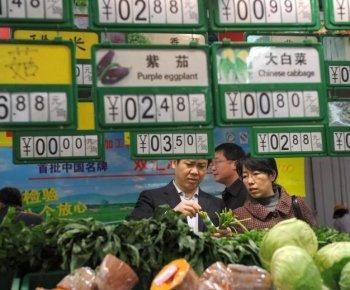
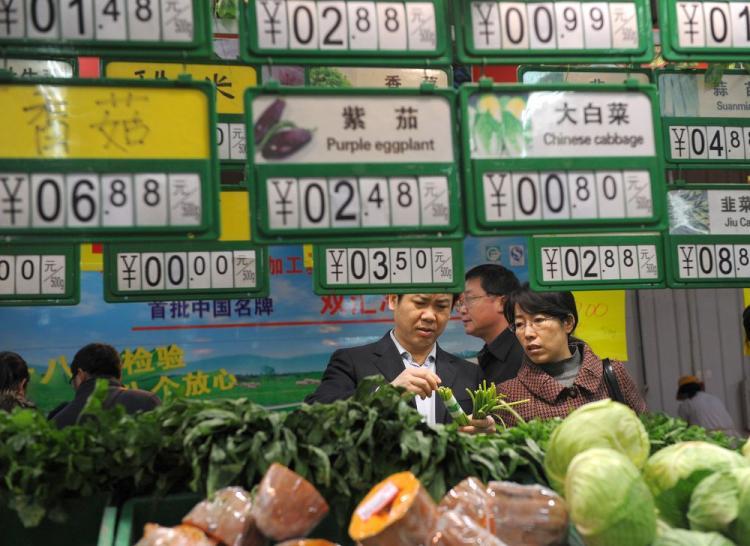
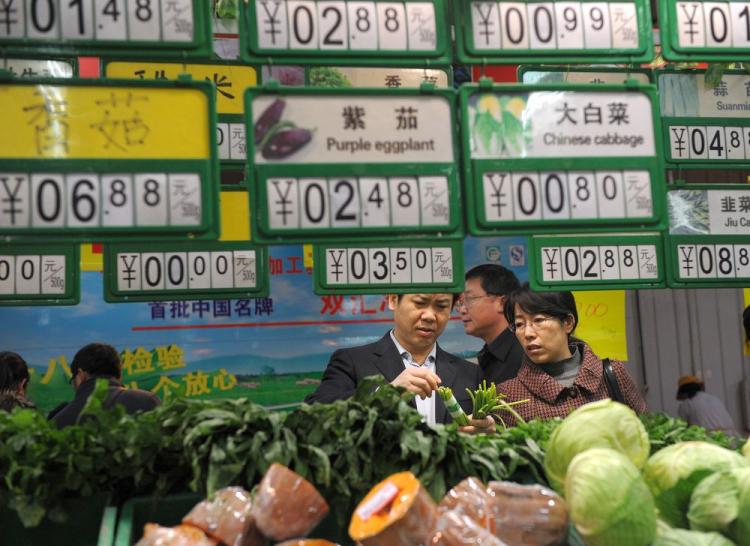
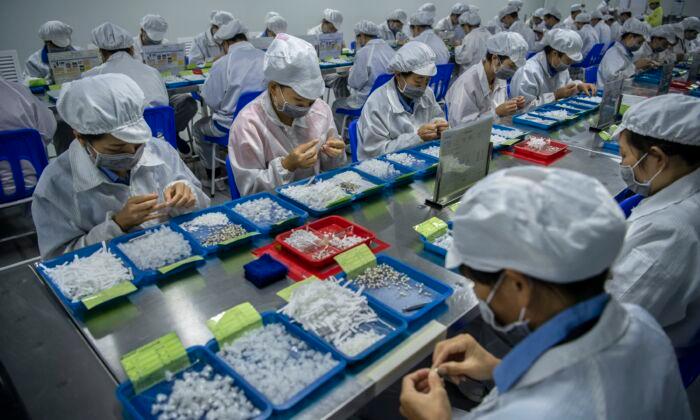
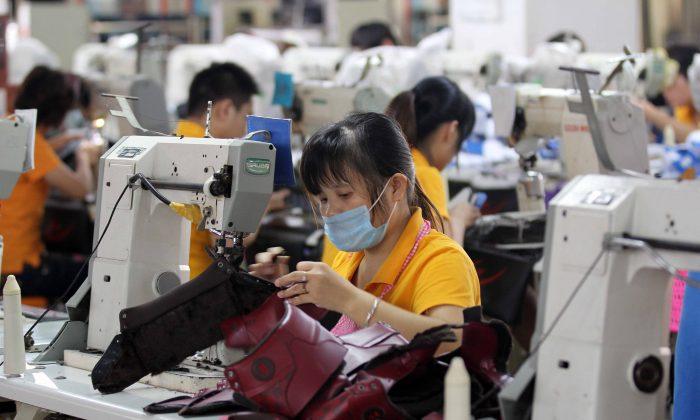

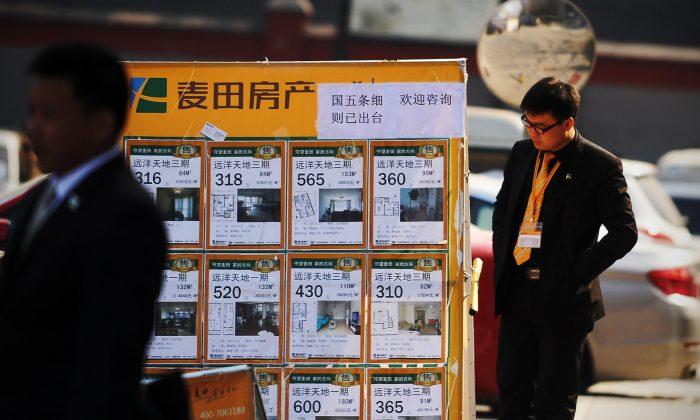
Friends Read Free